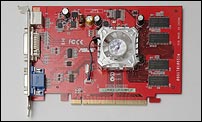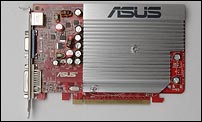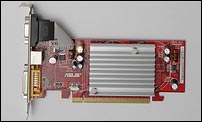
ARCHIVES
August 2011
July 2009
May 2009
April 2009
March 2009
February 2009
January 2009
December 2008
November 2008
August 2008
July 2008
June 2008
May 2008
March 2008
February 2008
January 2008
November 2007

CONTACT
|
| About this blog: Computers hate me. They really do. Every time I try to do something unusual like add new hardware, something is guaranteed to go wrong. I decided to start writing about my constant problems so that someone else might benefit from my experiences - or at least laugh at them! |
Ever accidentally hit the power button on your FreeBSD machine? Even worse, on a machine that is doing some obscure task so you don't realise it has quietly powered off until sometime later? I have, several times, and I've finally found a fix:
/sbin/sysctl hw.acpi.power_button_state=NONE
This disables suspend/shutdown when the power button is pressed briefly. (You may still be able to force the BIOS to power off by holding down the button, but a quick press will be ignored.)
|
|
After shuffling around some memory modules to reuse some of them elsewhere - the NAS server has 4GB installed but consistently has 3GB+ unused - I heard a horrible continuous croak/beep after the BIOS POST screen. I noticed immediately that one of the HDs was not detected, so I shut down and reseated the data plug, which had popped out when I was changing memory. The infernal beep still continued next boot attempt, and kept going even once the OS was booted. I quickly determined that it was indeed coming from the PC speaker, then realised that the CPU fan wasn't running!! One of its wires had caught in the blades. A quick shutdown and rerouting of the wiring solved that problem. (Side note: this is a stock Intel cooler, some sort of cylindrical mesh around the circumference of the fan, or other shroud, would permanently solve this potential problem...)
Nice to know that the BIOS fan failed warning actually works. :) Some cases no longer ship with a speaker, but it's times like these you really do need them.
|
|
  
Above are 3 Asus branded PCI express video cards. Cheapies, because I only use them for VGA text on my servers.
The first cost $29 and I soon realised the small fan was quite noisy.
After a few months, I replaced it with the second, which cost $25. Look at that massive heatsink!
The third was purchased a couple of weeks later, supposedly the same model, but its design is obviously vastly different.
So, is the large heatsink the result of conservative overengineering, or is it to compensate for inefficient chips under it?? Or... is the subsequently smaller heatsink the result of aluminium costing too much? ;)
|
|
|




